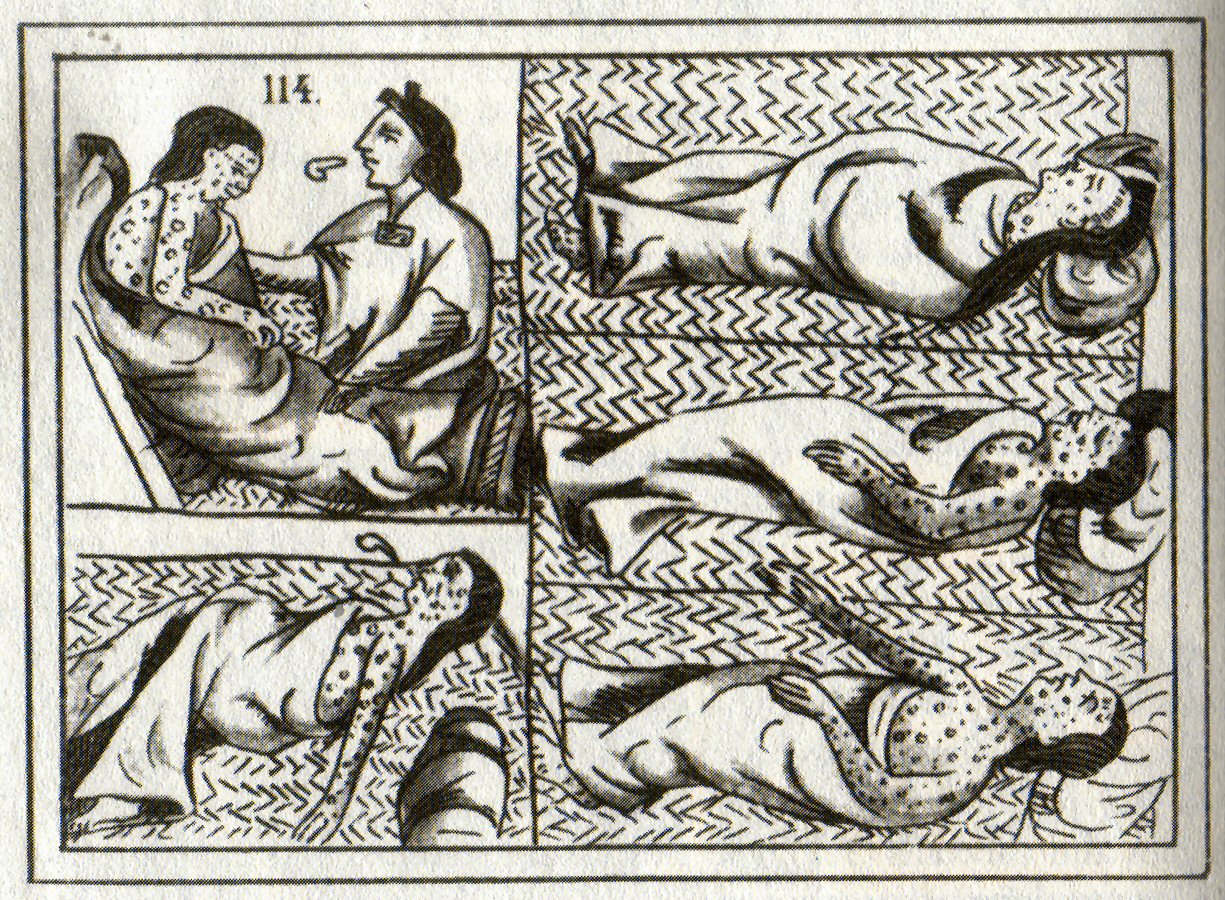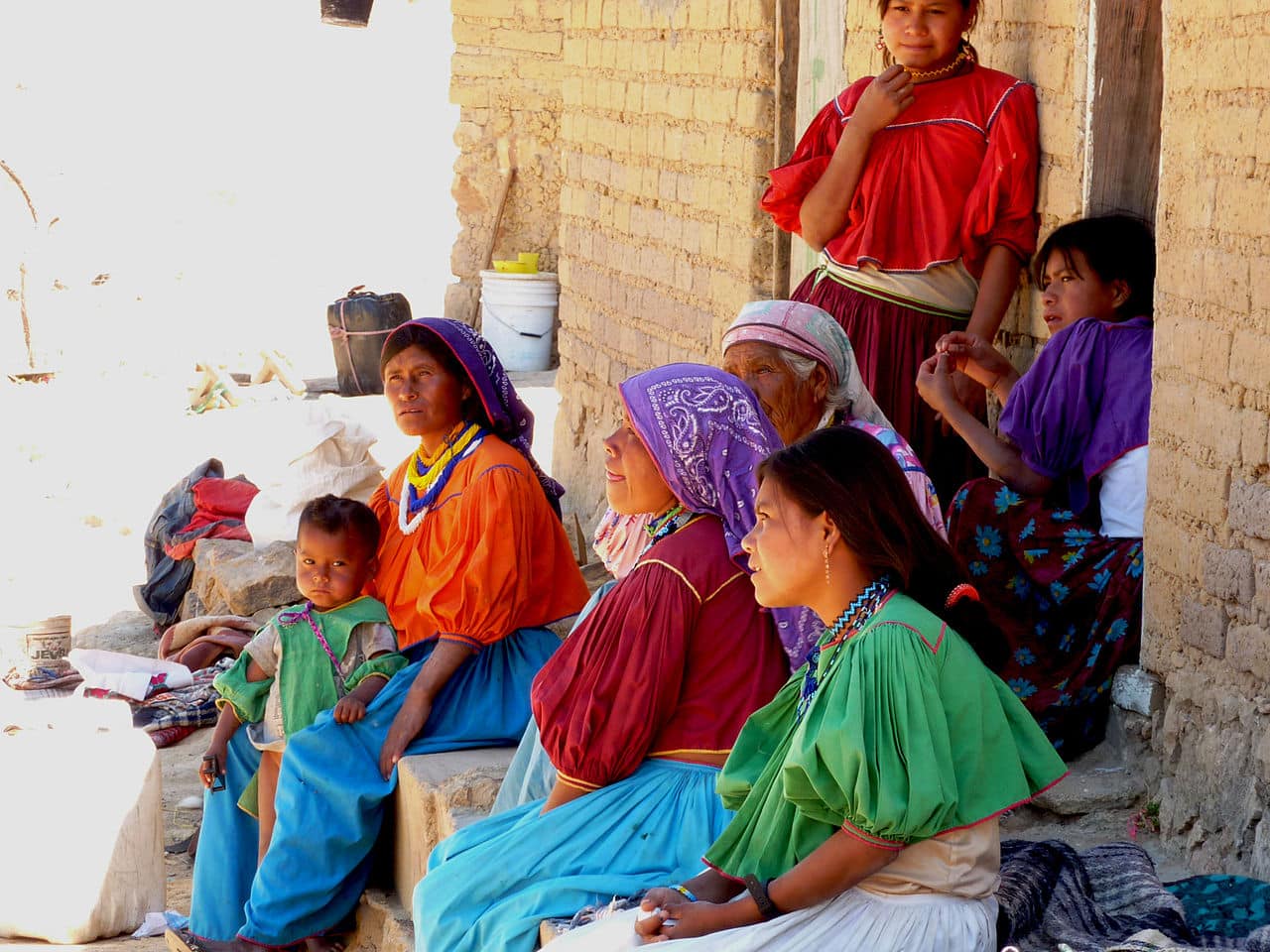Jump to:
#1. The Huichol Tribe Originated In What Is Now Known As San Luis Potosí
The Huichol Tribe is a Mexican and Southwest tribe that originated in the modern Mexican state of San Luis Potosí.
This state is located near central Mexico, and although the tribe migrated from this location, many take a pilgrimage back to their origins every year to participate in the Mitote Ceremonies.
That is how they honor their origins. However, they have not lived in that area for some time. Today, some 13,000 members of the tribe are scattered throughout Northern Mexico, California, Arizona, New Mexico, and Texas.
#2. The Tribe's First European Contact Was With The Spanish
The Spanish Conquistadors were the first Europeans to make contact with the tribe.
The tribe is descended from the Aztecs and the Hopi tribe. While most tribes of Mexico converted to Roman Catholicism by force, the Huichol Tribe never submitted and fought to keep their religion and traditions.
Due to not converting, this made them candidates for the concentrations and encomiendas carried out by the Spaniards in order to work the recently discovered mines of the region.
#3. The Huichol Tribe Suffered From European Disease

If you read many of my pages about the Native Americans, you will probably think I sound like a broken record because I always mention European disease. However, the effect of diseases can not be understated when it comes to the natives.
When the Europeans arrived, they did not know they were carriers of disease. They still endured epidemics of disease in Europe, but their bodies had grown immune to many, which allowed them to survive those diseases more often when they occurred.
This was not the case for the Huichol tribe and many other tribes. They were devastated, and their populations decreased by 30 - 80%. This phenomenon is what allowed Europeans to conquer the natives. It lowered their manpower to defend themselves, and they could not reproduce fast enough.
The Huichol tribe is one of the few tribes that fought hard for their existence. Despite the endemic, they managed to stay loyal. They maintained their religion, art, and culture, which made them unique.
#4. Family Is Priority

In order for the Huichol Tribe to survive the Spanish conquest and multiple disease outbreaks, they had a strong family system. This strong nuclear family still exists today.
Marriages are usually arranged when Huichol's children are very young, and they marry when they are 14 - 17 years old.
While some may frown on this practice, their children grow up quickly and are taking on more responsibilities than most in the Western world. This practice has also helped them preserve their culture and religion by discouraging marriages outside the tribe.
#5. The Huichol Use Peyote For Religious Practices

Huichols have traditionally used the peyote cactus in religious rituals. Huichol's practices seem to reflect pre-Columbian practices particularly accurately. These rituals involve singing, weeping, and contact with ancestor spirits.
The use of Peyote is protected in Mexico for religious practices only, and if used recreationally, it can lead to 10 - 15 years in prison.
Despite this protection, peyote is quickly dying out due to overuse for recreational purposes. The Huichol have had to ask for intervention from the Mexican government to protect a section of their trail.
